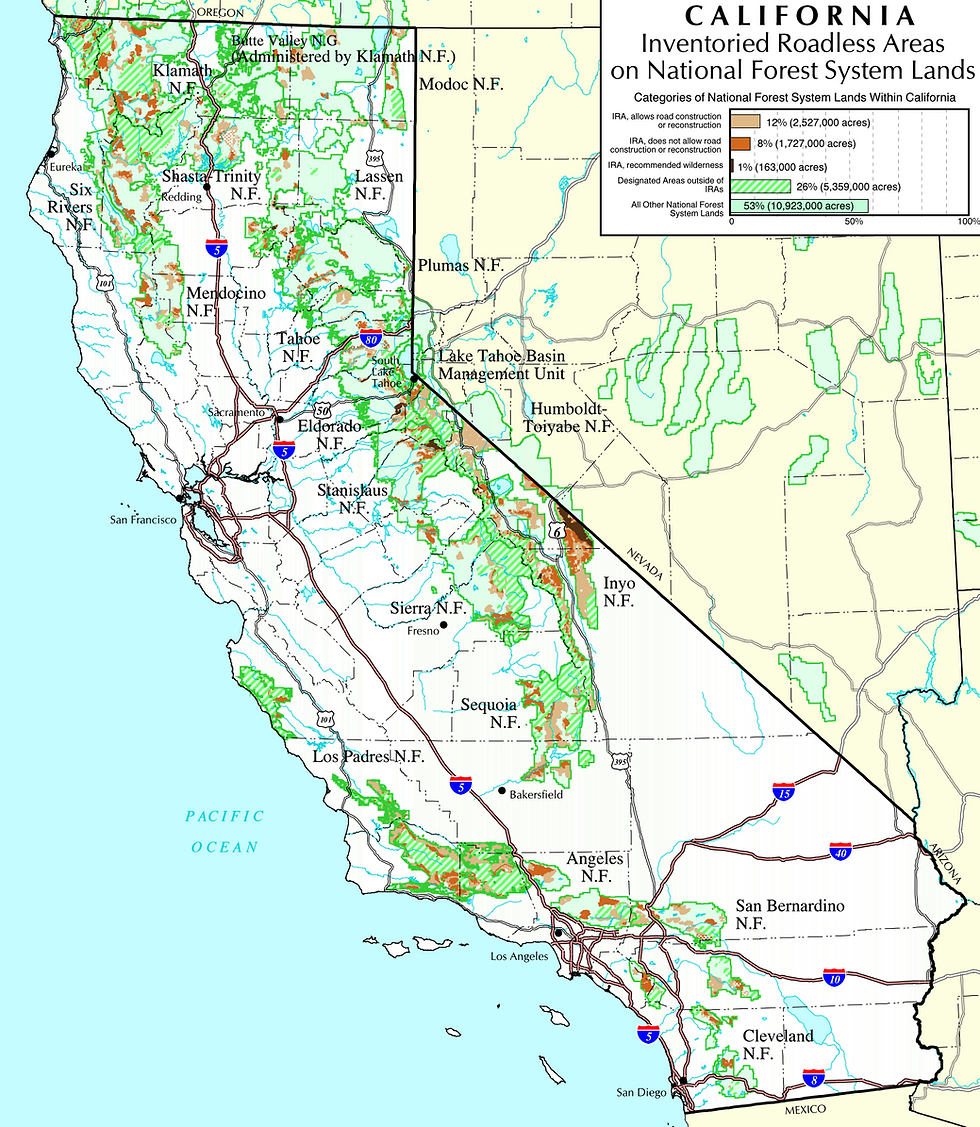This Spring, Endangered Species Need Your Help!
- Abigail Lowell

- Mar 18, 2024
- 4 min read
Updated: Mar 19, 2024
Happy Spring Equinox!

Twice a year, a solar equinox occurs when the Earth’s axis and orbit align such that sunlight reaches both of Earth’s hemispheres equally. Here in the Northern Hemisphere, today marks the first day of “astronomical spring,” and in the Southern Hemisphere, it is the first day of “astronomical autumn.” The Northern Hemisphere’s exact spring (or vernal) equinox will occur tonight, March 19, at 8:06pm PST.
Today is special no matter where you live because, for most of the year, daylight and warmth shine unequally between the Northern and Southern Hemispheres as the Earth travels around the Sun at an angle. “Summer” is the season with more sunlight, and “winter” has less sunlight (i.e. Christmas is a summertime tradition in Australia). Today there is a nearly equal amount of daylight and darkness at all latitudes.
Each of Earth’s four celestial and seasonal shifts offers opportunities for us humans to reconnect with ourselves, each other, and the Earth. Cultural holidays are undoubtedly meaningful, but holidays rooted in astronomical, earthly cycles can be even more universally significant and celebratory. Consider celebrating the spring equinox by donating to EPIC!

One rare plant that usually begins blooming right around this time in Humboldt County is the endangered Menzies’ wallflower (Erysimum menziesii), named after Scottish botanist Archibald Menzies, who described the plant in the late 18th century. Endemic to California, the Menzies’ wallflower grows in four isolated dune ecosystems along the North and Central Coast, including here in the Humboldt Bay Area. As a perennial plant, the Menzies’ wallflower forms a low-growing, basal rosette of leaves that can live for up to eight years, and then blooms and fruits only once (usually in March and April) before dying. Its seeds are dispersed by wind, but have a very low rate of survivorship, with only about 2% germinating each year after the first rains in fall or early winter.
Because its habitat is so specific and its reproduction is so intermittent, the Menzies’ wallflower is especially sensitive to a number of threats, including trampling by dune recreators (such as hikers, dogs, equestrians, and off-road vehicles), habitat loss due to human development, displacement and out-competition by invasive plant species like iceplant (Carpobrotus edulis), and erosion and other impacts from deer grazing. The Menzies’ wallflower was listed as endangered under the California Endangered Species Act in 1984, and under the federal Endangered Species Act in 1992 — meaning that it is illegal to harm this rare plant in any way.

Despite the harsh conditions of its native coastal habitat including extreme temperatures, strong winds, and shifting sands — plus all of the external threats to its existence — the rare, beautiful Menzies’ wallflower still persists and contributes to its ecosystem. Its long, strong taproot reaches deep into the soil for life-giving water, also helping to stabilize dunes and facilitate native plant communities. Learn more about Humboldt’s dunes and Friends of the Dunes (a fellow North Coast enviro nonprofit) on our most recent EcoNews Report.
As a consistent, leading advocate for Northwest California’s ecosystems and endangered species, we at EPIC are inspired by the tenacity of the Menzies’ wallflower. In our work, we navigate the storms and shifting sands of science, regulation, business, politics, culture, and how they intersect here on the North Coast. Vested corporate interests and corrupt government threaten the continued existence of our region’s unique ecosystems — clearcutting sensitive forests recovering from wildfire, dewatering rivers until they are uninhabitable for native salmon, logging the already-diminished forest habitats of imperiled wildlife species, dawdling over implementing effective climate action, and more.

And yet, we persist — for 47 years and counting! Through legal advocacy, community organizing, and public education, we work to solidify the rights and prioritization of healthy forests, rivers, and wildlife in the shifting sands of natural resource management, and we are made mutually stronger by regular collaborations with our community of sister organizations and allies across the region.
EPIC members, donors, and supporters like you are the lifeblood that makes our work possible. In recent years, your contributions have brought about significant victories protecting endangered species including the northern spotted owl, Pacific fisher, Humboldt marten, Shasta snow-wreath, and, of course, old-growth redwood trees.
Now we need your support to keep pressure on…
The State Water Board to implement effective regulations on water quality and quantity in the Klamath River Basin to ensure the survival and recovery of native coho and Chinook salmon;
The U.S. Forest Service to stop logging mature, old-growth, and post-fire forests that provide critical habitat for numerous species of wildlife and rare plants;
The State of California, which has refused to conserve Jackson Demonstration State Forest;
Offshore wind energy developers and regulators in Humboldt to ensure that the proposed renewable energy project is developed in a responsible way;
Humboldt County to implement a meaningful, timely Climate Action Plan; and
Private timber companies that are fighting to weaken statewide forestry regulations.
Please help us continue the good fight of speaking up for endangered species and the environment in Northwest California by making a donation to EPIC today. As you have probably noticed, inflation is on the rise; and accordingly, donations to EPIC and other nonprofits have been declining. If you are able, please consider doubling your donation!






Comments